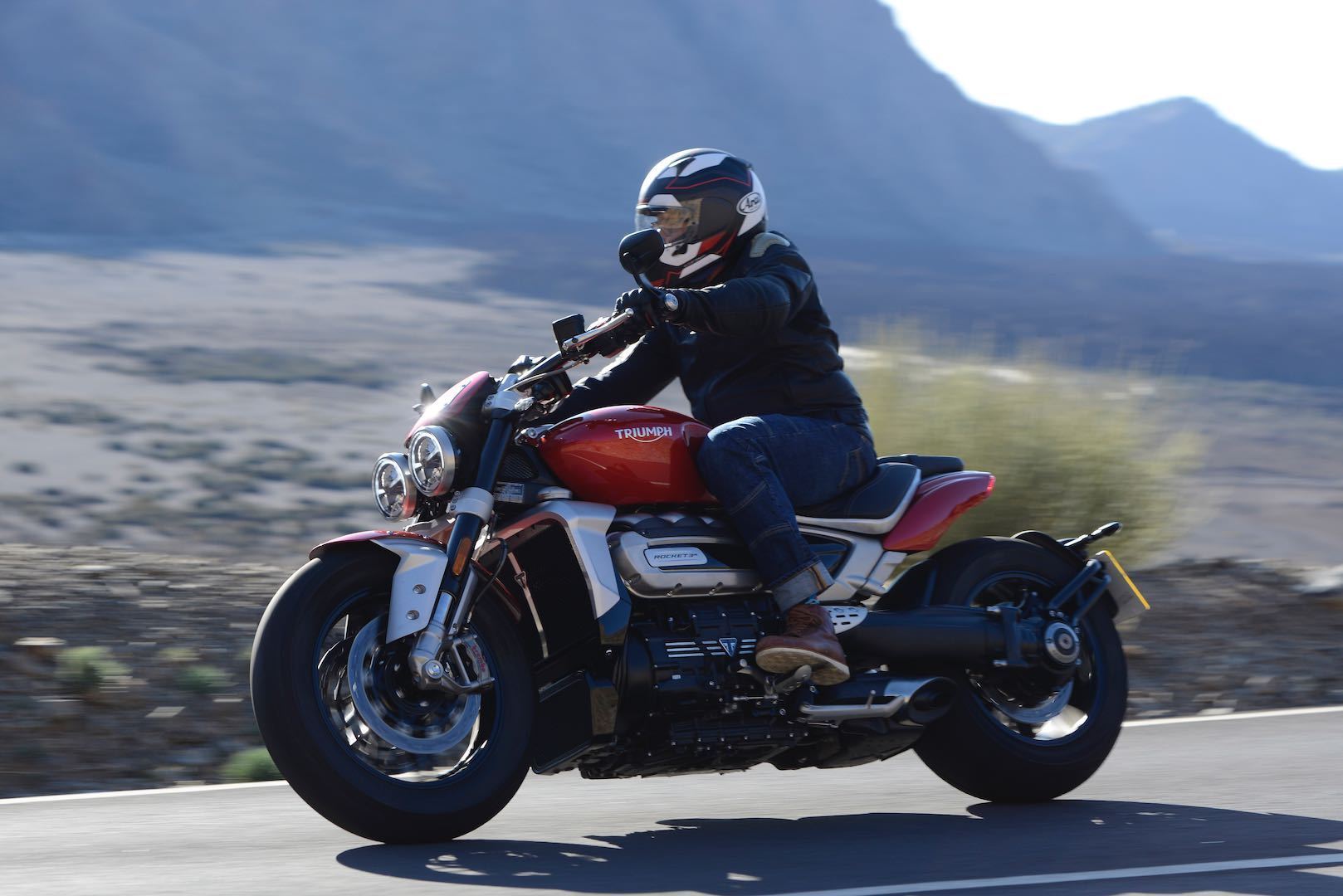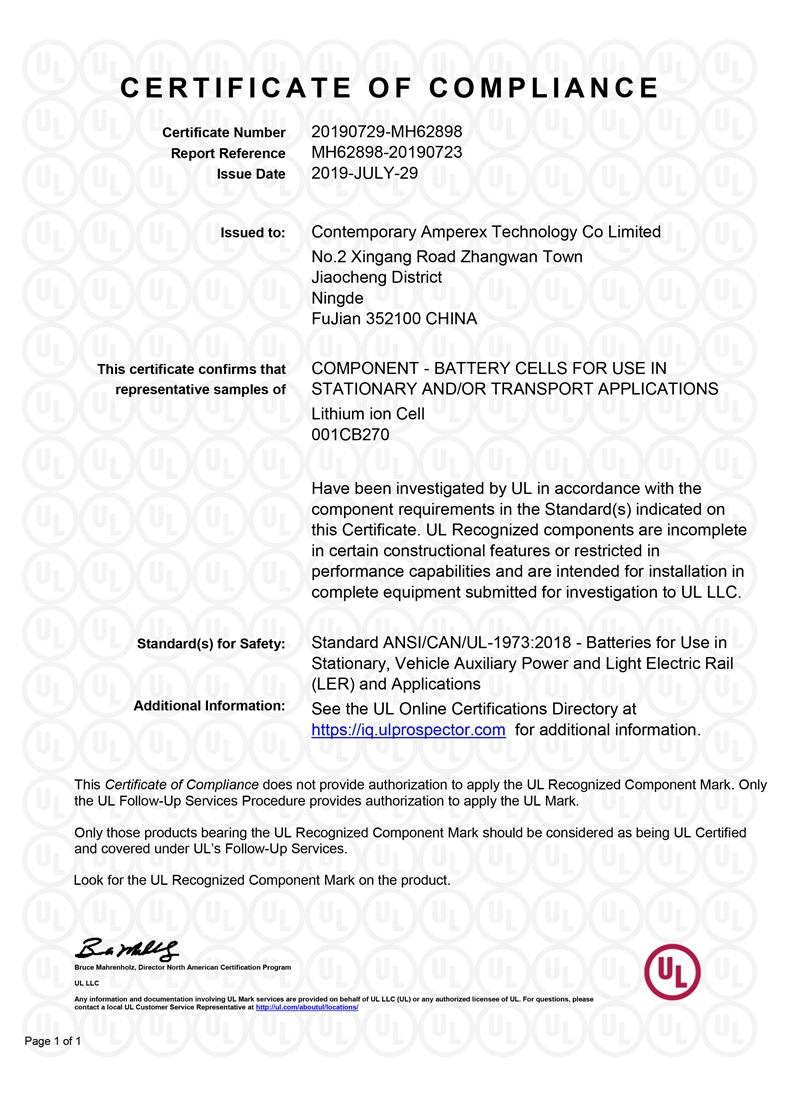Blog
How to Choose the Right Battery for Your Motorcycle
2025-07-25 | Calvin

A dead battery can ruin your ride before it even begins. Whether you're gearing up for a cross-country tour or a weekend spin around town, having the right motorcycle battery is essential—not just for starting power, but for overall reliability and safety. In this guide, we’ll break down the most common types of motorcycle batteries, how to choose the best one for your motorcycle, and tips to extend battery life.
Understanding the Different Types of Motorcycle Batteries
Choosing the best motorcycle battery starts with knowing your options. Here's a breakdown of the three main types and what they offer.
1. Lead-Acid Batteries
Best for: Budget-conscious riders who don’t mind regular maintenance.
Lead-acid batteries are the traditional choice for many motorcycle. They’re affordable, widely available, and have been around for decades. However, they:
- Are heavier than other types
- Require periodic maintenance (including checking fluid levels)
- Typically last 2–3 years
If you ride occasionally or want a lower upfront cost, lead-acid may be a practical choice—but be ready to monitor it regularly.
2. AGM (Absorbed Glass Mat) Batteries
Best for: Riders looking for a maintenance-free, durable option.
AGM batteries are sealed, spill-proof, and offer better vibration resistance—great for motorcycles that endure bumps and high speeds. Key advantages include:
- Maintenance-free design
- Strong cranking power
- Longer lifespan than traditional lead-acid (up to 4–5 years)
- More tolerant of cold weather and frequent starts
AGM batteries offer a solid balance between performance and price, making them one of the most popular choices today.
3. Lithium-Ion Batteries
Best for: Performance riders and those who value weight reduction.
Lightweight and high-performing, lithium-ion batteries are the premium option for modern motorcycles. You’ll get:
- Up to 60% less weight compared to lead-acid
- Long lifespan (5+ years with care)
- Minimal self-discharge
- Maintenance-free operation
There are several different variations within the category of lithium batteries. Options like LiFePO4 batteries boast longer lifespans, while Lithium Nickel Manganese Cobalt Oxide (NMC) batteries deliver higher energy density in lighter packages.
However, they come at a higher upfront cost and may require a special charger. Still, for riders who want the best in efficiency and performance, lithium is worth the investment.
✅ Key Factors to Consider When Choosing a Motorcycle Battery
Before you buy, here are four crucial things to evaluate:
1. Compatibility
Not every battery fits every motorcycle. Double-check:
- Physical dimensions
- Terminal positions
- Voltage (usually 12V for modern motorcycle)
Always refer to your owner’s manual or current battery label to confirm specs.
2. Cold Cranking Amps (CCA)
This measures how well your battery starts the engine in cold conditions. If you live in a cooler climate or plan to ride early in the morning, a battery with higher CCA ensures reliable startups.
3. Cost vs. Longevity
- Lead-acid: Low cost, shorter life
- AGM: Moderate cost, good durability
- Lithium-ion: High cost, longest lifespan
Think about total value, not just price. Spending more up front can save you time and replacement costs down the road.
4. Usage Type
Are you riding daily, weekly, or seasonally? Touring across states or doing weekend commutes? Frequent riders benefit more from AGM or lithium batteries, while occasional users might get by with lead-acid.
How to Determine the Right Battery Size and Specs
Your motorcycle’s manual should list the correct:
- Battery group/size
- Voltage (usually 12V)
- Minimum Cold Cranking Amps (CCA)
⚠️ Tip: Don’t guess on size—using a battery that’s too small or the wrong voltage can damage your electrical system or leave you stranded.
Maintenance Tips to Extend Battery Life
Regardless of battery type, proper care makes a big difference:
Use a Battery Tender
If you don’t ride often, a smart charger (also known as a battery tender) helps maintain charge without overcharging.
Keep Terminals Clean
Corroded terminals can reduce performance. Clean them periodically with a wire brush and apply anti-corrosion gel if needed.
Store Properly in Winter
- Disconnect the battery if storing your motorcycle for months.
- Store in a cool, dry place.
- For lead-acid batteries: check and refill distilled water if required.
FAQs – People Also Ask
What is the best type of battery for a motorcycle?
AGM and lithium-ion batteries are generally the best due to their long life, maintenance-free design, and strong performance. Your riding habits and budget will ultimately determine the right fit.
How do I know which motorcycle battery to buy?
Check your motorcycle’s owner’s manual for the required size, voltage, and terminal configuration. Always match your battery to your motorcycle specifications.
What are signs my motorcycle battery needs replacement?
- Hard starting or no crank
- Dim headlights
- Battery won’t hold a charge
- Swollen battery case or corrosion
How long does a motorcycle battery last?
- Lead-acid: 2–3 years
- AGM: 3–5 years
- Lithium-ion: 5+ years
Proper maintenance can significantly extend these lifespans.
Can I use a car battery charger on a motorcycle battery?
No. Car chargers often deliver too much current and can damage motorcycle batteries. Use a motorcycle-specific charger with smart charging features.
Conclusion
The right motorcycle battery is more than just a power source—it’s a key part of your motorcycle reliability and your riding experience. Whether you value price, performance, or low maintenance, there’s a battery type that fits your needs.
- Next:LFP vs AGM Battery: 10 Key Differences You Should Know in 2025
- Previous:Tesla Battery Types: A Simple Guide for Model S, 3, X, and Y
Contact Details
Lithium LiFePO4 Batteries and Lithium LiFePO4 Cells Supplier - LiFePO4 Battery Shop
Contact Person: Miss. Elena Wang
WhatsApp : +8615263269227
Skype : +8615263269227
WeChat :15263269227
Email : info@lifepo4batteryshop.com
All Products
- A123 Battery (5)
- Sinopoly Battery (7)
- GBS Battery (16)
- CALB Battery (22)
- Cylindrical Cell (3)
- Energy Storage System (0)
- Battery Management System (2)
- Sodium ion Battery Cell (3)
- Lithium Titanate Battery (16)
- Ternary Lithium Battery Cell (11)
- REPT Battery (8)
- BYD Battery (2)
- CATL Battery (14)
- Thunder Sky Winston Battery (21)
- EVE Battery (29)
- LiFePO4 Battery Cell (4)
Certification
Customer Reviews
- I have fond memories of our meeting in Shanghai with LiFePO4 Battery Shop Elena. Your company left a strong impression on me with its impressive growth and professionalism. We both value straightforwardness and honesty, which I believe are the most important qualities in any partnership. I am confident that we can build a successful collaboration based on these shared values. —— Robert from USA
- I've been working with LiFePO4 Battery Shop for years, and their reliability is unmatched. While other suppliers frequently change sales teams, LiFePO4 Battery Shop has consistently provided exceptional service with a stable team. Their commitment to quality and customer support truly sets them apart. —— Henry from Australia



